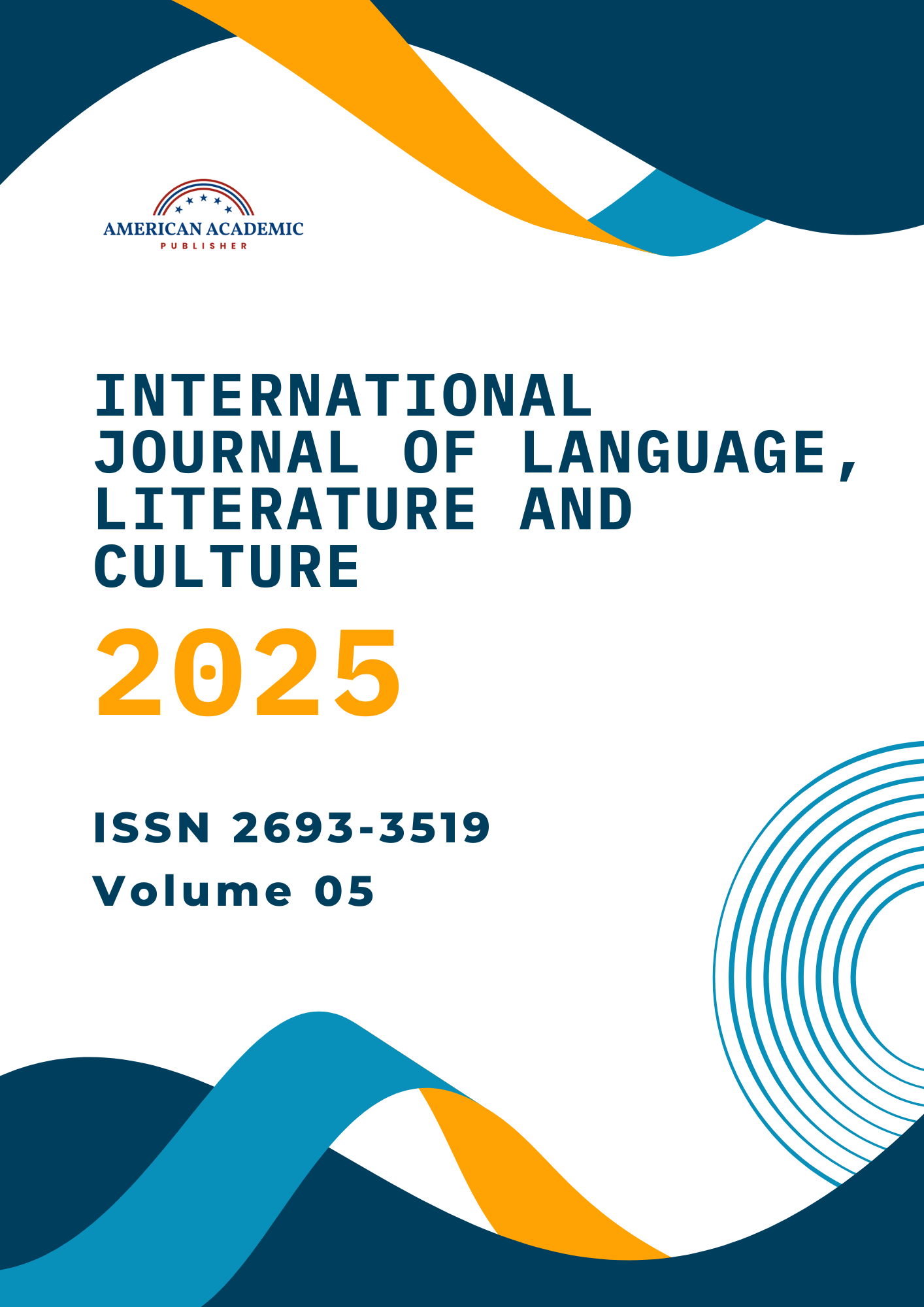Background: The expression of evaluation, opinion, and stance is a fundamental function of language, with adjectives serving as a primary lexical resource for this purpose. While frameworks like Appraisal Theory provide robust models for analyzing evaluative language, their application has predominantly focused on English. There is a need for more research into how evaluation is realized through the distinct morpho-semantic resources of other languages, such as Ukrainian, particularly within the influential domain of media discourse.
Aims: This article provides a corpus-based analysis of the form and function of evaluative adjectives in contemporary Ukrainian online news media. It aims to (1) identify the dominant patterns of Attitude (Affect, Judgement, Appreciation) expressed through adjectives; (2) analyze the role of specific morphological features, such as complex adjectival formations, in graduating evaluative meaning; and (3) determine how these linguistic choices contribute to the construction of authorial stance.
Methods: A specialized corpus of articles from major Ukrainian news websites was compiled. Using a qualitative and quantitative discourse analysis approach, instances of evaluative adjectives were manually identified and coded according to Martin & White's (2005) Appraisal framework [10]. A subsequent morphological analysis focused on identifying patterns in the formation and function of complex and derived adjectives central to Ukrainian word-formation [8, 14].
Results: The analysis reveals a high frequency of adjectives expressing 'Judgement' and 'Appreciation', often used to frame political and social actors and events. A key finding is the productive use of complex adjectives as a powerful resource for intensifying evaluation (Graduation) and encoding nuanced semantic prosody. These formations are shown to be a salient feature in constructing polarized stances within the discourse.
Conclusion: The study concludes that complex evaluative adjectives are a crucial, language-specific resource for inscribing stance in Ukrainian media. The findings contribute to a cross-linguistic validation and refinement of Appraisal Theory and offer a deeper understanding of the grammatical and discursive mechanisms of opinion-making in modern Ukrainian.

